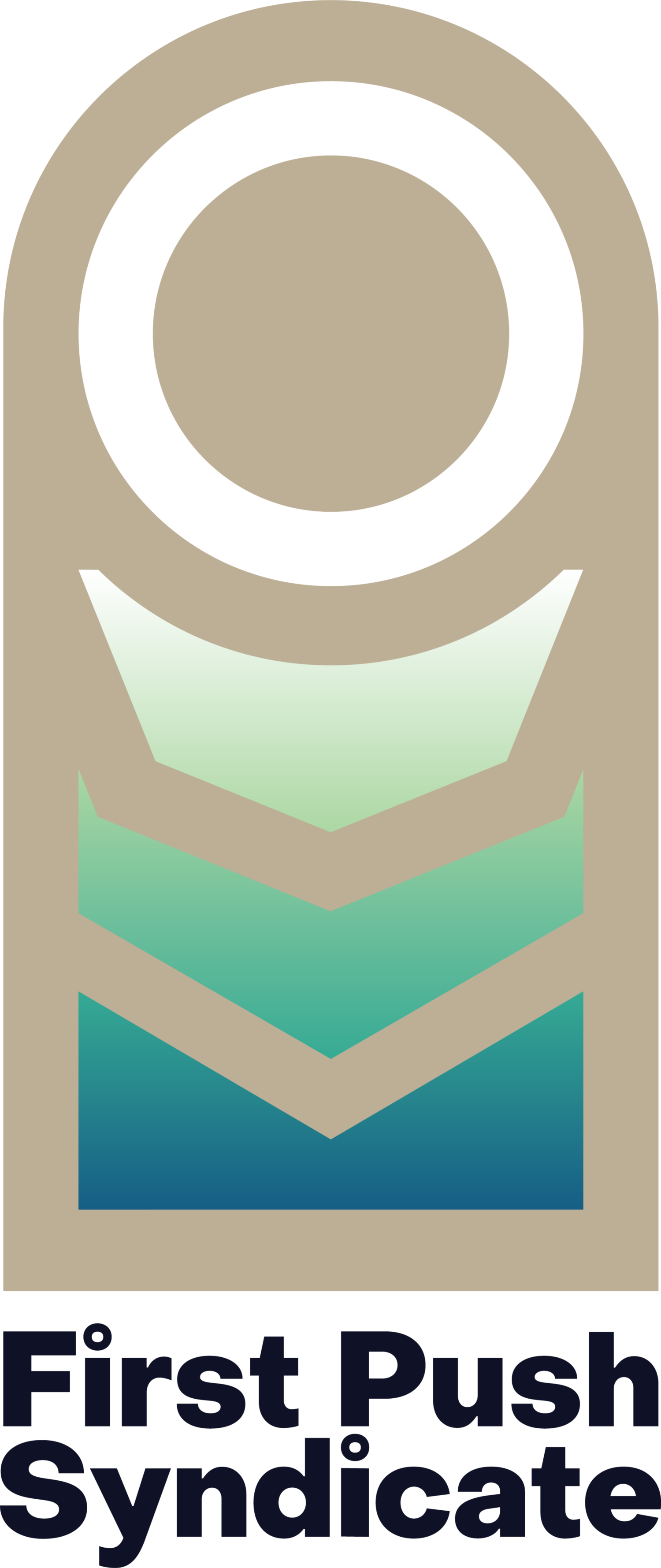Skateboarding & Standards
At First Push Syndicate, our Get On Board skateboarding program is designed not only to teach the basics of skateboarding but also to align with SHAPE America’s 2024 National Physical Education Standards. These standards provide a roadmap for educators to guide students toward a holistic development of physical, cognitive, and social skills. Let’s explore how our program connects to each of the four core standards.
Standard 1: Develops a Variety of Motor Skills
The first SHAPE standard emphasizes the development of a wide range of motor skills necessary for different physical activities. Skateboarding, with its unique demands on balance, coordination, and precision, serves as a perfect medium to develop these essential skills. Through Get On Board, students practice:
Locomotor Skills: Moving with control on the skateboard by pushing off the ground and gliding.
Balance and Coordination: Mastering the ability to stay balanced on a moving skateboard while performing tricks like ollies or kick turns.
Agility and Reaction Time: Responding quickly to changes in the environment, such as adjusting their body position when navigating ramps or obstacles.
This wide array of motor skills learned on a skateboard transfers into other physical activities, helping students become more versatile and confident movers.
Standard 2: Applies Knowledge Related to Movement and Fitness Concepts
This standard is about understanding movement principles and fitness concepts, and Get On Board integrates these concepts naturally. As students engage in skateboarding, they develop an understanding of:
Biomechanics and Movement Principles: Learning about balance, weight transfer, and momentum helps students grasp concepts like center of gravity and body alignment. For example, foot positioning (cover two screws, see two screws) is a biomechanical principle that improves stability on the board.
Fitness Elements: Skateboarding is an excellent form of cardio and core strength exercise. Students experience firsthand the importance of endurance, flexibility, and muscular strength during skate sessions.
Safety and Risk Management: As students explore different tricks and movements, they also learn about safety—wearing protective gear, managing risks, and understanding personal limits.
By fostering this knowledge through active participation, skateboarding becomes more than just a fun activity—it becomes a learning tool for movement and fitness literacy.
Standard 3: Develops Social Skills Through Movement
Physical education plays a vital role in building social connections, and Get On Board provides the perfect environment for students to develop these skills:
Cooperation and Teamwork: Whether helping a classmate with a new trick or sharing a ramp during group practice, students learn how to communicate effectively and work together.
Respect and Empathy: Skateboarding culture encourages inclusivity and respect for all skill levels. In our program, students are taught to cheer each other on, celebrate successes, and show empathy when someone falls.
Leadership and Peer Support: More experienced skateboarders often take on a mentorship role, offering guidance and feedback to beginners, fostering a sense of leadership and support within the group.
The social dynamics of skateboarding align perfectly with SHAPE's focus on creating positive social interactions through physical activity.
Standard 4: Develops Personal Skills, Identifies Personal Benefits of Movement, and Chooses to Engage in Physical Activity
Finally, skateboarding through Get On Board encourages personal growth and the development of lifelong physical activity habits:
Goal Setting and Perseverance: Learning to skateboard involves setting personal goals, overcoming challenges, and celebrating progress. These skills extend beyond skateboarding, helping students build resilience in other areas of their lives.
Self-Esteem and Confidence: As students achieve mastery of tricks and movements, their confidence grows. The joy of landing a difficult trick or successfully riding down a ramp creates a sense of accomplishment that reinforces a positive self-image.
Physical and Mental Health Benefits: Students recognize the mental clarity and stress relief that comes from physical activity. Skateboarding becomes more than just a class—it transforms into a personal passion that they can continue outside of school.
Choosing Active Lifestyles: Through our program, students understand the benefits of regular physical activity, leading many to continue skateboarding or engage in other physical activities on their own, making active, healthy choices throughout their lives.
The Get On Board program isn’t just about skateboarding—it’s about helping students develop the motor skills, knowledge, social connections, and personal growth necessary for a lifetime of physical activity. As we align with the SHAPE America 2024 National PE Standards, we empower students to be well-rounded individuals, both on and off the skateboard. We are excited to continue making a meaningful impact through skateboarding in physical education, shaping the future of movement for students everywhere.
You can find a printable document here.
